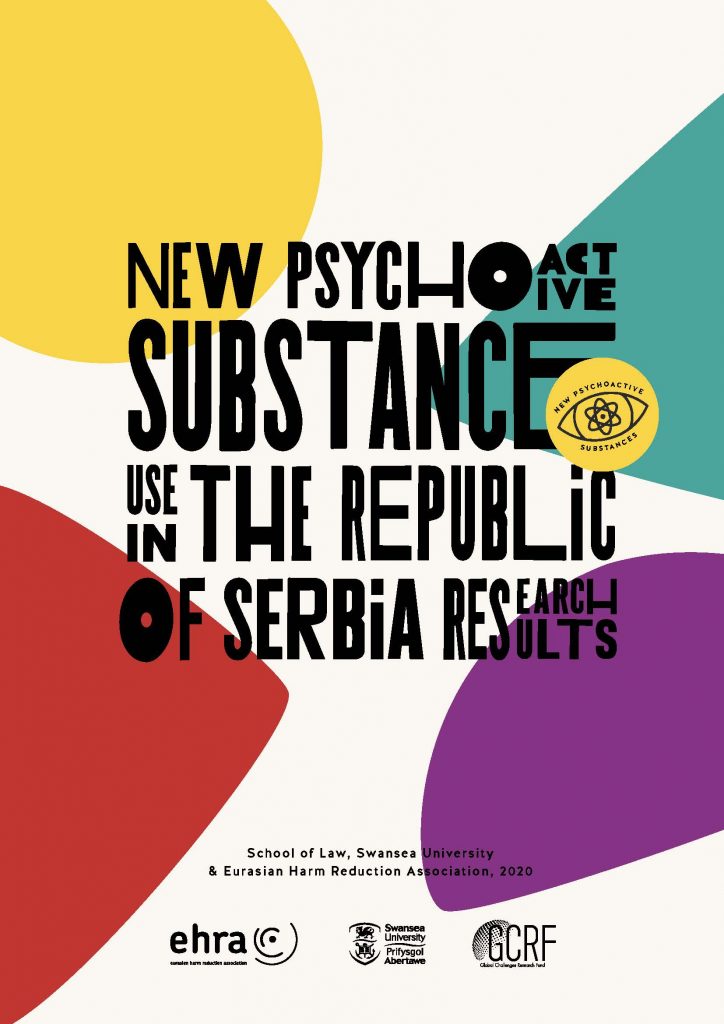In Serbia, the appearance of NPS can be traced back to 2010–2011, while the growing popularity stems from the appearance of synthetic cannabinoids and their availability through “Smart Shops” from 2013–2014. Synthetic cannabinoids, then still legal, were popular mainly among young people, who used these substances because they were available and legal. The emergence of synthetic cathinones—specifically mephedrone (“meow meow”)—is also associated with the same period. Among its users, in addition to recreational users to whom “meow meow” was sold as legal MDMA, were injecting opiate users, who injected this substance combined with heroin ten times more often than heroin alone, according to the users. Today, the existence and use of NPS is associated with recreational users (persons who take psychoactive substances in certain situations: at concerts and music festivals, in clubs or other places of group gatherings such as parks, etc.), and often with polydrug use.
This report provides a general overview of drug use and trafficking (including NPS) in Serbia, as well as of the risks and consequences of NPS use. It also reviews what responses to the consumption of NPS exist, and the needs of NPS users (that should be developed) in the area of harm reduction and treatment. The document concludes with recommendations for decision makers and specialists in the field for ways to improve responses to emerging NPS challenges.

